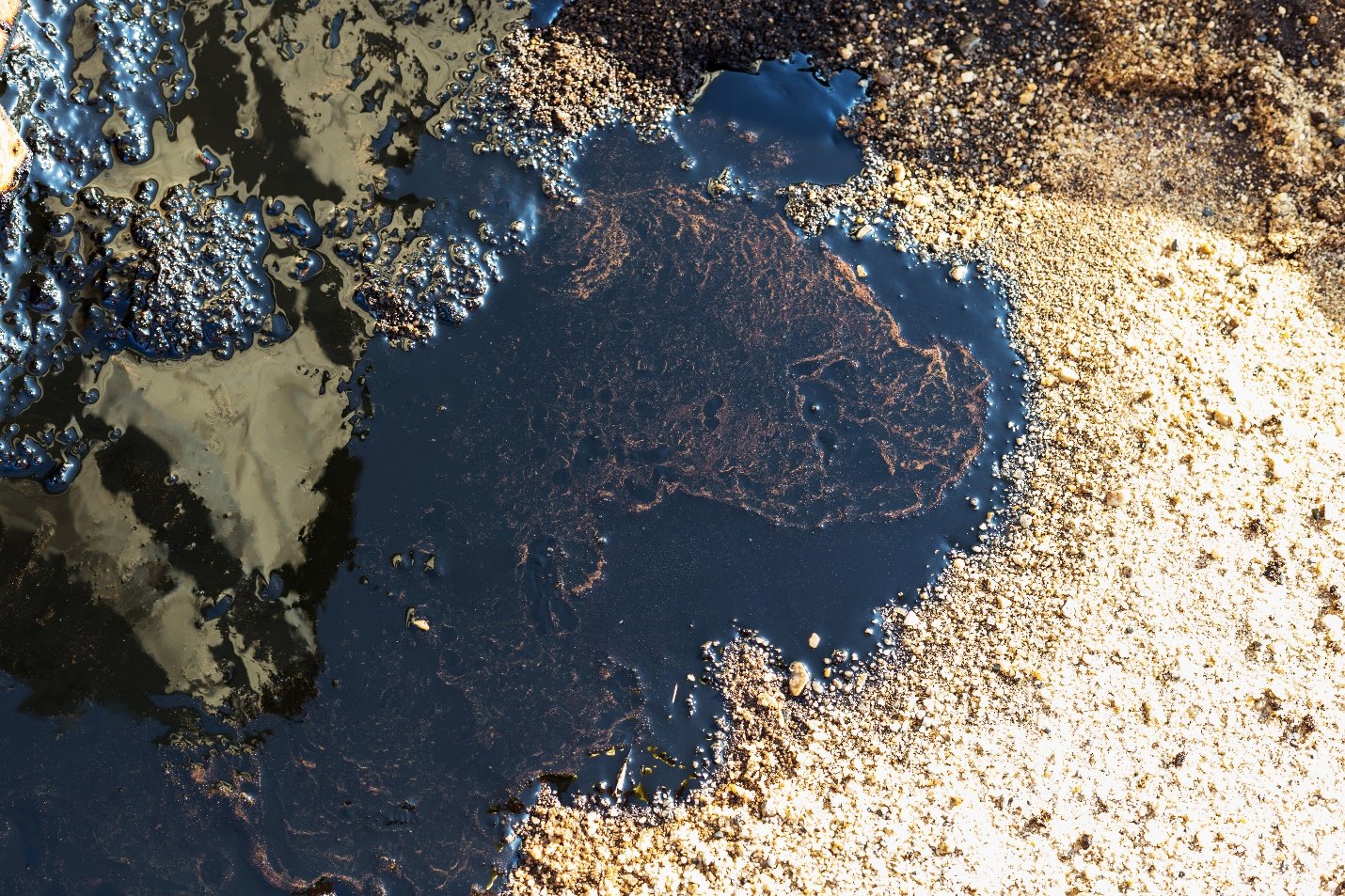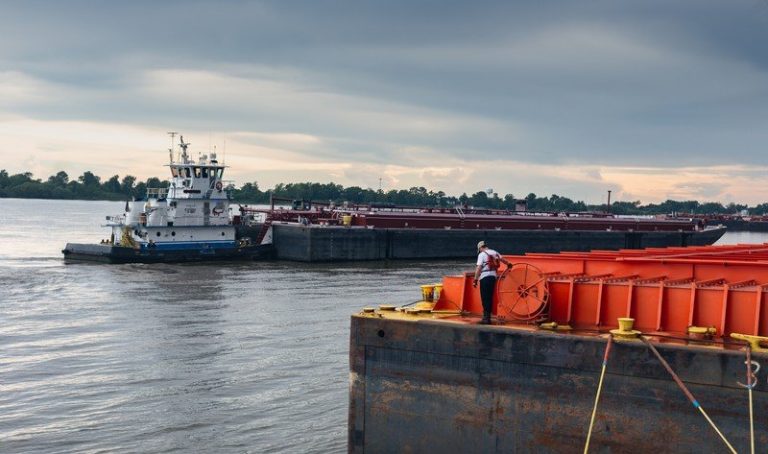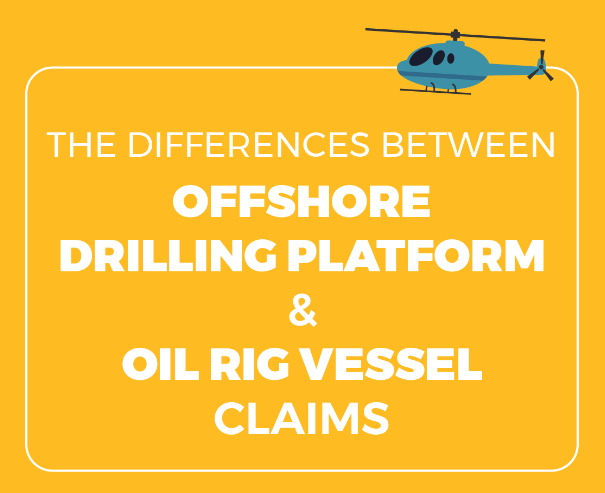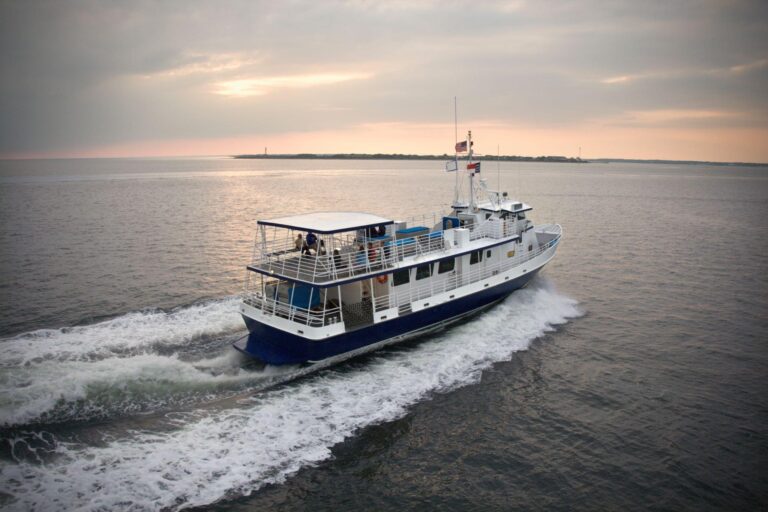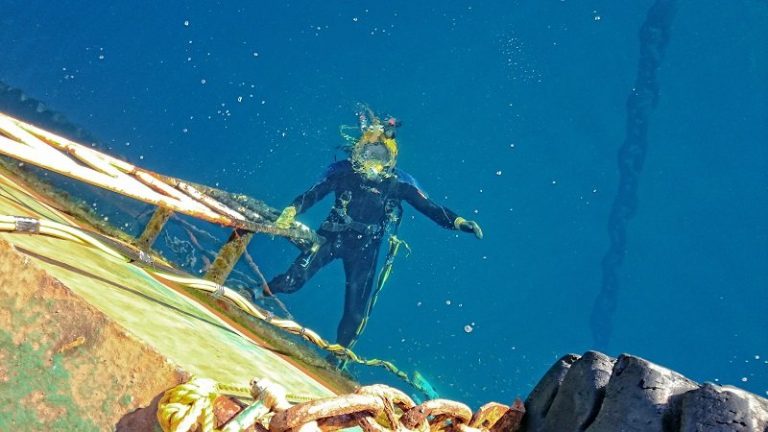Louisiana Gov. Bobby Jindal declared a state of emergency today (Thursday, April 29, 2010), as winds drove the massive oil spill created as a result of the Transocean Explosion toward the state’s coast and authorities scrambled to mitigate its environmental effects. The slick was some 16 miles off Louisiana in the Gulf of Mexico in the wake of last week’s oil rig explosion, according to the U.S. Coast Guard. Authorities said the slick could begin affecting some coastal areas by Thursday evening, with the bulk expected Friday. Most of the slick is a thin sheen on the water’s surface. About 3 percent of it is a heavy, puddinglike crude oil.
The slick covered at least 600 square miles of water Thursday. Ten wildlife refuges or management areas in Mississippi and Louisiana are in the oil’s likely path; the first likely to be affected is the Pass-a-Loutre Wildlife Management Area at the tip of the Mississippi River. Wind patterns out of the Southeast over the next few hours are increasing the likelihood the oil will come ashore. At a White House briefing, Homeland Security Secretary Janet Napolitano said she has designated the leak a “spill of national significance,” meaning officials can draw down assets from other areas to combat it.
A command center already is open in Robert, Louisiana. A second will be opened in Mobile, Alabama. The Coast Guard had hoped to conduct another controlled burn of the oil slick Thursday, but sea and wind conditions have prevented that from happening.
An estimated amount of 5,000 barrels, or 210,000 gallons, a day is leaking into the Gulf from the Transocean Oil Rig Explosion last week. The cause of the explosion remains under investigation, and search efforts have been halted for 11 missing workers.
BP is the owner of the well, while Transocean Ltd. owns and operates the rig.
There are many plans in motion to attempt to stop the massive oil spill. First, a relief well is planned and the first rig to be used for drilling it will begin drilling about a half-mile from the leaking well Friday, however, the relief well will not be complete for months. Second, a collection dome will be deployed to the seafloor to collect oil as it leaks from the well.
The oil spill has the potential to become one of the worst in U.S. history, according to the Coast Guard.
The blame game for the Transocean catastrophe has already begun. The head of BP Group told CNN’s Brian Todd in an exclusive interview Wednesday that the accident could have been prevented, and he focused blame on rig owner Transocean. CEO Tony Hayward said that Transocean’s blowout preventer failed to operate before the explosion. However, that can then be blamed on the preventer’s manufacturer Cameron International. Transocean Vice President Adrian Rose has said its oil rig had no indication of problems before the explosion.

